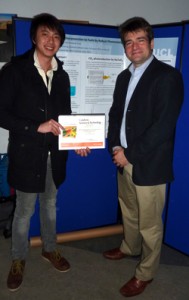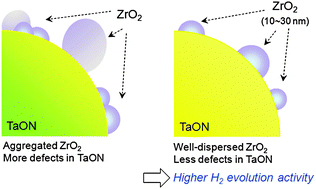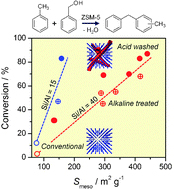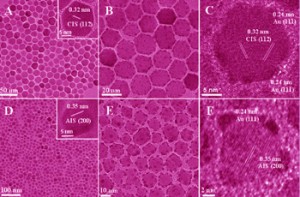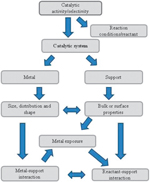As well as eutrophication, excess nitrates in water can also cause serious side-effects in humans including increased rates of cancer and blue-baby disease. Legislation dictates the amount of nitrate that agricultural waste water can contain, specifically 50, 0.1 and 0.5 ppm for NO3, NO2 and NH4+, respectively. The need to treat water to remove nitrates is an important challenge for catalysis.
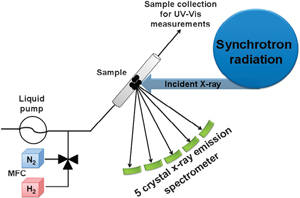
This Hot Article from Jacinto Sa and Noelia Barrabe et al. investigates nitrate reduction using the bimetallic catalysts Pt–Cu and Pd–Cu. The team were able to use in situ high-energy resolution fluorescence detection (HERFD) X-ray absorption spectroscopy (XAS) to study the oxidation state of copper, which is in a redox cycle with hydrogen and the unwanted nitrates.
As all articles in Catalysis Science & Technology are free to access for the duration of 2012, you can look at the teams results in more detail by downloading their hot article.
The oxidation state of copper in bimetallic (Pt–Cu, Pd–Cu) catalysts during water denitration
Jacinto Sá, Noelia Barrabés, Evgeny Kleymenov, Chen Lin, Karin Föttinger, Olga V. Safonova, Jakub Szlachetko, Jeroen A. van Bokhoven, Maarten Nachtegaal, Atsushi Urakawa, Gastón A. Crespo and Günther Rupprechter
Catal. Sci. Technol., 2012, Advance Article
DOI: 10.1039/C2CY00461E
To keep up to date with catalysis news you can follow us on twitter, like us on facebook and sign up to our e-alert service











